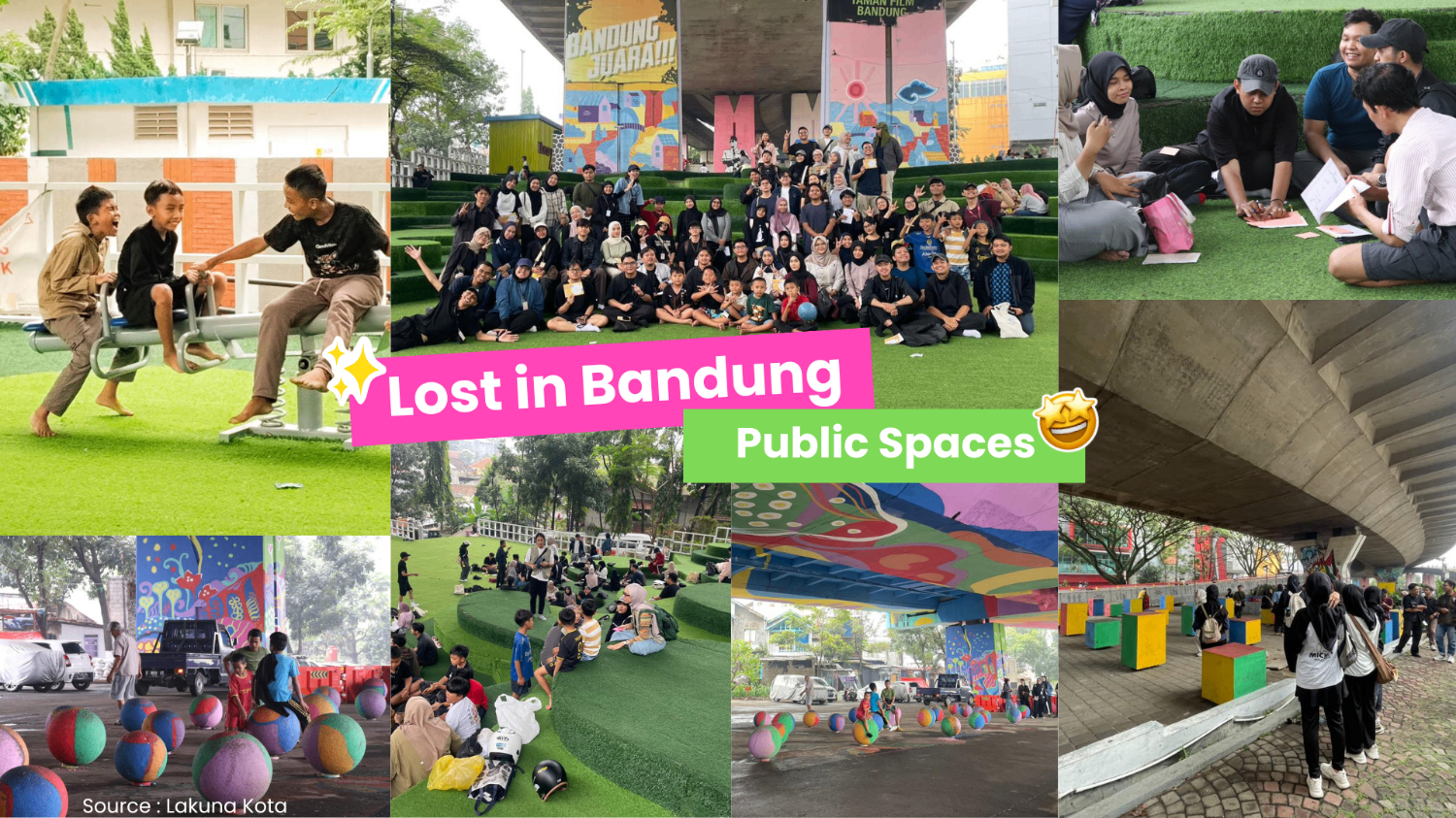This is a simulation that we made if a nuclear bomb exploded with the MAPID office as ground zero. For this simulation we assume that the nuclear bomb exploded on the surface. Detonation happens at ground level. Bunkers below ground are impacted and radiation fallout is greater.
This publication is intended to make us aware as human beings that war will only have an impact on human suffering. The effects of war are widely spread and can be long-term or short-term. There are a lot of aspects that were affected by the World War, such as economy, politics, education, society, culture, etc.
THE DARKNESS OF SCIENCE
Science can have 2 sides, the bad side and the good side. But there are no unmixed blessings. Like everything else in life, science has its downsides too. Without modern science, we’d still be bleeding the sick, traveling by horseback, and using carrier pigeons for long distance communication. The same science that gives us modern medicine, also gives us germ warfare. Or the decades it took to get from the development of the modern theory of the atom to the building of nuclear bombs. We’ve got to admit that science is a double-edged sword. The knowledge science gives us can never be bad in and of itself, even if it’s sometimes used for bad purposes. Human intervention always plays a big role.
ABOUT NUCLEAR BOMB
A nuclear weapon is an explosive device that derives its destructive force from nuclear reactions, either fission (fission bomb) or a combination of fission and fusion reactions (thermonuclear bomb). Fission weapons are commonly referred to as atomic bombs. Fusion weapons are also referred to as thermonuclear bombs or, more commonly, hydrogen bombs; they are usually defined as nuclear weapons in which at least a portion of the energy is released by nuclear fusion.
Nuclear weapons produce enormous explosive energy. Their significance may best be appreciated by the coining of the words kiloton (1,000 tons) and megaton (1,000,000 tons) to describe their blast energy in equivalent weights of the conventional chemical explosive TNT.
SOME LIST OF NUCLEAR BOMB
Little Boy

Origin: United States
Blast yield: 15 kilotons of TNT
Filling weight: 64 kg
Mass: 9700 pounds (4400 kg)
"Little Boy" was the codename for the type of atomic bomb dropped on the Japanese city of Hiroshima on 6 August 1945 during World War II. It was the first nuclear weapon used in warfare. Little Boy was a simplification of Thin Man, the previous gun-type fission weapon design. The Little Boy was 120 inches (300 cm) in length, 28 inches (71 cm) in diameter and weighed approximately 9,700 pounds (4,400 kg). The design used the gun method to explosively force a hollow sub-critical mass of enriched uranium and a solid target cylinder together into a super-critical mass, initiating a nuclear chain reaction.
North Korea H Bomb

Origin: North Korea
Blast yield: 240 kilotons of TNT
Mass (estimated): 255-360 kg
On September 3, 2017, North Korea claimed to have successfully tested a thermonuclear bomb, also known as a hydrogen bomb. Corresponding seismic activity similar to an earthquake of magnitude 6.3 was reported by the USGS, making the blast around 10 times more powerful than previous detonations by the country.
W87

Origin: United States of America
Blast yield: 300 kilotons of TNT
Mass:
Warhead 440-600 lb (199.581-272.155 kg)
RV/Warhead >800 lb (362.874 kg)
The W87 is an American thermonuclear missile warhead, with a capacity of up to 12 warheads per missile. The W87 warhead belongs to the newest missile warhead family, sharing a design similar to the W88. It was designed for use on the Peacekeeper (MX) ICBM. It combines a relatively high yield with increased accuracy to make it an effective hard target kill weapon. It is hardened against nuclear effects, and has enhanced safety features.
Tsar Bomba

Origin: Uni Soviet
Blast yield: 500.000 kilotons of TNT
Mass: 27000 kg
The Tsar Bomba (Russian: Ца��ь-б��́мба), (code name: Ivan or Vanya), also known by the alphanumerical designation "AN602", was a hydrogen aerial bomb, and the most powerful nuclear weapon ever created and tested. Tsar Bomba was developed in the Soviet Union (USSR). Tsar Bomba was estimated to be about 3,800 times the strength of the U.S. bomb dropped on Hiroshima during World War II. The resulting weapon weighed 27 tons, with a length of some 26 feet (8 meters) and a diameter of about 7 feet (2 meters). Although a success, Tsar Bomba was never considered for operational use. Given its size, the device could not be deployed by a ballistic missile. Instead, the bomb had to be transported by conventional aircraft, which could easily be intercepted before reaching its target.
BOMB EFFECTS
Heat
The explosion produces intense heat that causes catastrophic damage.
Anyone within this radius would have severe or fatal third-degree burns.
Within the radius shown here, wood, clothing, paper, and plastics would catch fire. Even outside this boundary, the heat would still be intense enough to cause first and second-degree burns.
Shock Wave
As the fireball quickly expands, it forces back the surrounding air, creating a shock wave.
The point where the ambient air pressure jumps is called the shock front an invisible destructive force movin out from the center of the blast.
At this radius, the pressure of the shock wave is strong enough to destroy most buildings, except for those that are reinforced. Hurricane-force winds accompany the shock front, adding to the destruction. While the human body can survive a significant pressure jump and high winds, anyone in this area is likely to be injured or killed by collapsing structures or by wind-blown debris.
Fireball
This circle shows the maximum radius of the fireball. In a fission bomb, the fireball burns 10.000 times hotter than the surface of the sun and is hot enough to ignite the fusion reaction in a hydrogen bomb.
In the first millionth of a second after detonation, the bomb materials heat up to extreme temperatures. The fireball forms immediately from the burning bomb residue, and it emits an enormous amount of energy as x-rays, light, and heat, expanding out as it cools. Anything or anyone inside the fireball would be vaporized in an instant.
Radiation
Shortly after detonation, the nuclear materials amit a burst of radiation in the form of gamma rays and neutrons.
These particles damage the human body at a cellular level. Absorbing to many in a short period results in acute radiation poisoning.
People at this radius would absorb about 500 rem of radiation, a potent dose 800 times greater than the average annual exposure for Americans. Of those who survive the heat and the shockwave, 50 to 90 percent will die a painful death from radiation poisoning within a few hours to a few weeks. Victims would experience symptoms including nausea, and fatigue. Their hair would fall out, and their white blood cells would die off, increasing the risk of infection.
Fallout
In a surface blast, the mushroom cloud lifts irradiated debris into the atmosphere. The wind can carry this debris across long distances, the particles sometimes rain down hundreds of miles away. Radioactive fallout, as these particles are called, can remain in the environment for decades. The effect on humans is mostly through food: crops absorb radiation and pass it on to animals including livestock who eat plants.
People who eat these contaminated plants or animals suffer long-term health risks. One concern is radioactive iodine-131, which can enter the body through contaminated milk and concentrate in the thyroid gland. Children and infants are most susceptible and can develop hypothyroidism and cancer.
Another dangerous byproduct found in fallout is radioactive strontium-90, which can affect the growing bones of children. A now-famous “baby-tooth study” found that strontium-90 levels in the baby teeth of children born between 1945 and 1965 had risen 100 fold over the years correlating with the advent of the atomic age and nuclear testing.
HOW POWERFUL NUCLEAR BOMB
We will show you how powerful the impact of nuclear bomb. This is the area that will be affected if a nuclear bomb dropped in MAPID Office.
1. Little Boy

Affected area:
- Heat 8.92 km2
Kota Bandung
Kabupaten Bandung
Kabupaten Bandung Barat
- Shock Wave 4.00 km2
Kabupaten Bandung
Kabupaten Bandung Barat
- Fireball 0.17 km2
Kabupaten Bandung
- Radiation 5.64 km2
Kabupaten Bandung
Kabupaten Bandung Barat
2. North Korea H Bomb

Affected area:
- Heat 103.39 km2
Kota Bandung
Kabupaten Bandung
Kabupaten Bandung Barat
Kota Cimahi
Kabupaten Subang
Kabupaten Purwakarta
Kabupaten Cianjur
Kota Garut
Kabupaten Sumedang
- Shock Wave 25.43 km2
Kota Bandung
Kabupaten Bandung
Kabupaten Bandung Barat
Kota Cimahi
- Fireball 1.58 km2
Kabupaten Bandung
- Radiation 13.53 km2
Kota Bandung
Kabupaten Bandung
Kabupaten Bandung Barat
Kota Cimahi
3. W87

Affected area:
- Heat 125.71 km2
Kota Bandung
Kabupaten Bandung
Kabupaten Bandung Barat
Kabupaten Sumedang
Kabupaten Purwakarta
Kabupaten Cianjur
Kota Garut
Kabupaten Sumedang
Kabupaten Subang
- Shock Wave 29.51 km2
Kota Bandung
Kabupaten Bandung
Kabupaten Bandung Barat
Kota Cimahi
- Fireball 1.89 km2
Kabupaten Bandung
- Radiation 14.40 km2
Kota Bandung
Kabupaten Bandung
Kabupaten Bandung Barat
Kota Cimahi
4. Tsar Bomba

Affected area:
- Heat 8289.25 km2
Kota Bandung
Kabupaten Bandung
Kabupaten Bandung Barat
Kota Cimahi
Kabupaten Sumedang
Kabupaten Majalengka
Kabupaten Karawang
Kabupaten Purwakarta
Kabupaten Cianjur
Kota Sukabumi
Kota Bogor
Kabupaten Subang
Kota Garut
Kota Bekasi
Kabupaten Indramayu
Kabupaten Ciamis
- Shock Wave 893.65 km2
Kota Bandung
Kabupaten Bandung
Kota Cimahi
Kabupaten Bandung Barat
- Fireball 113.31 km2
Kota Bandung
Kabupaten Bandung
Kabupaten Bandung Barat
- Radiation 80.23 km2
Kota Bandung
Kabupaten Bandung
Kabupaten Bandung Barat
CONCLUSION
The area affected by a nuclear bomb depends on the blast yield in kilotons of TNT owned by each bomb. The larger the kilotons of TNT you have, the wider the affected area will be.
From the data above, it can be seen that the impact of a nuclear bomb is very large and has a huge impact on human life.


![[GEODATA] Tutupan Lahan Indonesia](https://mapidstorage.s3.amazonaws.com/general_image/mapidseeit/1684312961161_COVER%20GEODATA_%20Tutupan%20Lahan.png)
![[GEODATA] Status Ekonomi dan Sosial (SES) Indonesia](https://mapidstorage.s3.amazonaws.com/general_image/mapidseeit/1693454652933_20230831-085941.jpg.jpeg)



